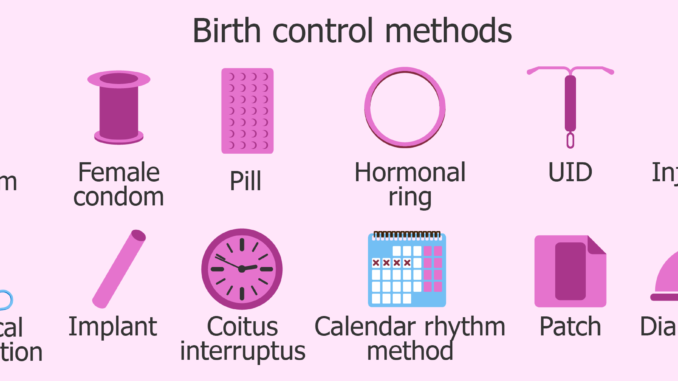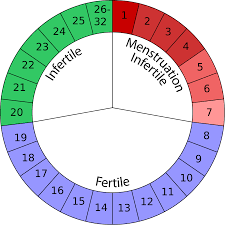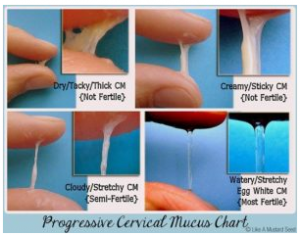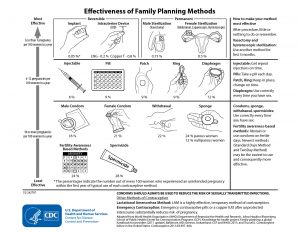
What is Family Planning?
- Family planning is simply a process of planning a family
- In other words, family planning is also known as contraception
- Family planning can be defined as the voluntary decision made by the responsible individuals and couples in order to determine the desired family size and timing/spacing of births
- Family planning is about deciding the desired number of children and spacing between the pregnancies by the couples
- However, Family planning is not merely related to finalizing the number of children/family members but it is also related to the good health and nutrition of the mother and child
- Planning a family reduce the chances of unwanted pregnancy and the need for abortion which ultimately contributes for the good health of the mother
Benefits/Advantages of Family Planning
- It prevents pregnancy related health risks to the women
- Reduces unwanted pregnancy
- Reduces infant and maternal mortality- which may result due to high number of pregnancies for a woman
- Reduces adolescent/teenage pregnancies
- Slows down population growth
Types of Family Planning/Contraceptive Methods
Broadly categorizing, family planning methods can be categorized into traditional and modern family planning methods. A brief idea about all the methods is mentioned below:
Traditional methods:
Traditional methods of family planning mainly includes two methods-
| Calendar method or rhythm method | Withdrawal (coitus interruptus) method |
| This method of contraception from its name itself requires the use of calendar | Withdrawal method of contraception requires the man to withdraw his penis from the female partner’s vagina before ejaculation |
| In this method, the couple prevents pregnancy by avoiding unprotected vaginal sex during the 1st and last fertile days of menstrual cycle | Here the male partner’s job would be to ensure that the sperm is ejaculated outside the female body so that chances of fertilization could be prevented |
| This method is usually not considered as effective as it may seem because the timing of withdrawal is difficult to determine and there are more chances of ejaculating inside the vagina |
Modern methods:
There are different methods of family planning under this section of modern methods. They are:
- Hormonal contraceptives: Among different hormonal contraceptives, 4 major hormonal contraceptives are described briefly below:-
| Combined oral contraceptive (COC)/pill | Progestogen-only contraceptive pill/ Progestogen only injectables: | Monthly injectables/combined injectable contraceptives (CIC): | Combined contraceptive Patch and Contraceptive vaginal ring (CVR) |
| This contraceptive/pill contains two hormones; estrogen and progestogen which prevents the release of matured eggs from the female ovaries | This pill/injection only contains progestogen, no estrogen hormone. | For this method of contraception, injection is given to the female in her muscle. The injection contains estrogen and progestogen hormone | In this case, both progestin and estrogen hormone are released from the skin (in case of patch) or from the vaginal ring |
| It works by thickening the cervical mucosa which blocks the meeting of sperm and egg | This method may also contain Depo-Provera, which is also an injectable. However, depo/Depo-Provera only has progestin hormone and should be taken every 3 months to prevent pregnancy | This method prevents the release of eggs from the ovaries. In addition, this method is considered comparatively more safer than COC
|
- Long Acting Reversible Contraception/Contraceptive (LARC): Long Acting Reversible Contraceptive (LARC) is the contraceptive devices which can be used for a long period of time once started. It can be used for three to five years or even more than that. Thus, does not involve regular worry about re-use time and again. They are also known as ‘fit and forget’ It includes:
| Intrauterine device (IUD) | Implants |
| IUD is a small, flexible plastic device which is inserted into the uterus of the female. | Implants are contraceptive devices made of flexible rods or capsules and are inserted/placed under the skin of the upper arm |
| The device works effectively for five or more years | It contains progestogen hormone |
| IUD are of two types; one containing copper and the other containing levonorgestrel | It lasts/works for 3-5 years |
| In the 1st case of copper, the copper wire damages sperm and prevents meeting with egg while in the case of levonorgestrel, it reduces the growth of lining of uterus called endometrium |
- Barrier methods: From the name itself, barrier methods are the contraceptive methods which creates barrier for sperm to meet with vagina. These methods must be used before having sexual intercourse/penetration. It mainly includes:
| Male condom | Female condom |
| These are transparent plastic sheath which are kept over male penis to cover it | These are soft transparent plastic covering which are kept loosely inside a woman’s vagina |
| It prevents the male sperm to meet the female egg | It prevents barrier for meeting sperm and egg and also prevents STI’s. |
| It not only prevents fertilization but also prevents STI’s and HIV |
- Emergency contraception: This method of contraception is used in cases of sudden/unplanned conception. However, it must be noted that, emergency contraception should not be used as a regular method of family planning because of its wide range of harmful side effects in regular and long use. It includes:-
| Emergency contraception pills |
| These are emergency pills which are immediately taken for unplanned and unprotected sex |
| These pill prevent pregnancy up to 5 days after unprotected sex |
- Permanent contraception: Permanent contraception refers to lifelong contraception. It is especially common and recommended to those male/female/couple who have already have child/children’s and possess no further child bearing wish in their life time. Permanent contraception can be done both in male or female. It includes:
| Male sterilization (Vasectomy): | Female sterilization (Tubal ligation) |
| It is a permanent contraception method in which the vas deferens of male reproductive organ (which carries sperm from the testicles) is cut or blocked | It is a method of contraception in which the fallopian tube of female reproductive organ is cut/blocked. |
| It does not have any effect on male sexual performance | The blockage/cut in the fallopian tube prevents the egg to meet the sperm |
- Others/Natural Family Planning Methods: These basic advantage of these methods mentioned below are that, they do not possess any side-effects compared to other methods. They are:
| Lactation Amenorrhea Method (LAM) | Standard Days Method (SDM) | Basal Body Temperature (BBM) Method | Sympto-thermal Method |
| LAM is a method of contraception for newly delivered mothers | For this method of contraception, the female can track their fertile period (which is 8-19 days of menstrual cycle) and avoid unprotected vaginal sex during those days | Here, the body temperature of female is regularly taken at the same time each morning to identify the ovulation cycle and fertile period | In this method, fertile period can be tracked by a female by observing the changes in her cervical mucosa, body temperature and consistency in cervix |
| This method works due to the effect of breast feeding on fertility |  |
Rise in temperature may be from 0.2 to 0.5 degrees Celsius |  |
| This method of contraception requires the mother to continue Exclusive Breast Feeding (EBF) every 4-5 hours day and night | Rise in BBT for 3 full days represents that the ovulation has occurred and fertile period has passed which means that sex can be continued from the 4th day | ||
| It is only applicable for those mothers whose monthly bleeding has not returned after delivery |
Effectiveness of Family Planning Methods:
As there are variety of family planning methods, along with each of their’s functional difference, pros and cons; their effectiveness also varies a lot. No family planning methods are equally effective. Effectiveness of different family planning methods can be seen in the figure below:

References and for more information:
https://www.ncbi.nlm.nih.gov/pubmed/6920653
http://www.familyplanning.org.nz/advice/contraception/contraception-methods
http://www.who.int/mediacentre/factsheets/fs351/en/
http://www.livestrong.com/article/220327-different-types-of-family-planning-methods/
http://www.medicalnewstoday.com/articles/298039.php
https://www.slideshare.net/mamericagonzales/methods-of-family-planning
http://en.hesperian.org/hhg/Where_Women_Have_No_Doctor:Choosing_a_Family_Planning_Method
http://redcarehmo.com/blog/family-planning/
https://nurseslabs.com/family-planning-methods/
https://www.fphandbook.org/explaining-how-use-calendar-based-methods
http://www.mainefamilyplanning.org/articles/86-233/barrier-methods-of-birth-control/3
https://www.plannedparenthood.org/learn/birth-control
https://familydoctor.org/natural-family-planning/
http://www.ccih.org/Family-Planning-Methods-CCIH-November2010.pdf
http://www.fpa.org.uk/contraception-help/natural-family-planning
https://medlineplus.gov/ency/article/001946.htm
http://americanpregnancy.org/preventing-pregnancy/natural-family-planning/
http://www.doh.gov.ph/node/1291
https://www.cdc.gov/reproductivehealth/unintendedpregnancy/pdf/contraceptive_methods_508.pdf
https://www.cdc.gov/reproductivehealth/unintendedpregnancy/pdf/family-planning-methods-2014.pdf
https://www.cdc.gov/reproductivehealth/contraception/